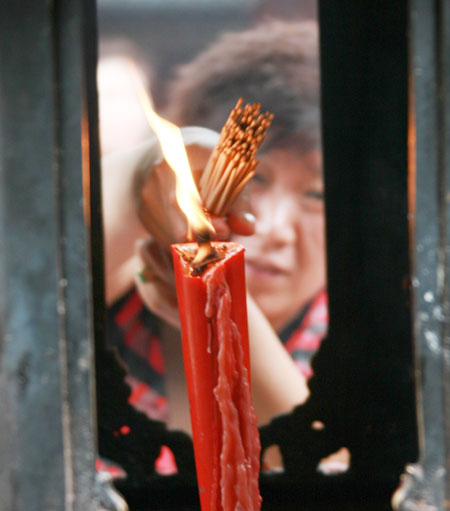
 |
| Mount Putuo has been a site for Buddhist pilgrimage for centuries. Photo provided to China Daily |
Mount Putuo, Zhejiang
Mount Putuo is one of China's "four Buddhist mountains" and one of Zhejiang province's 1,390 Zhoushan islands.
Its religious significance dates to the Qin Dynasty (221-206 BC). It became a Buddhist hub nourished by the flourishing Maritime Silk Road in the Tang Dynasty (AD 618-907). It gradually became a center for the development of the rites of the Bodhisattva Guanyin that drew influence from Southeast Asia and Japan.
By the late Qing Dynasty (1644-1911), it hosted three grand temples, 88 halls, 128 thatched huts and several thousand monks.
The mountain remains a place of pilgrimage.
Non-religious visitors scale its slopes to enjoy its "natural oxygen bar", swim and watch sunrises over the sea.
The range's Buddhist history has produced a largely vegetarian cuisine. Pilgrims dine in Putuo's temples, especially its three largest - Puji, Fayu and Huiji. Putuo Buddha tea is also a must-try.
The Seafood Garden houses 52 seafood restaurants. Many hostels also prepare seafood.
IF YOU GO
• During the Dragon Boat Festival, the mountain is open from 8 am to 5 pm.
• Putuo Airport has many flights to such cities as Beijing, Shanghai and Guangzhou.
• There's only one port in Mount Putuo. Ships sail to other coastal cities daily.
• The No 1 and No 2 bus lines connect all scenic spots. Buses depart every 10-15 minutes.
• Photography is prohibited inside the temples.


















 White-collar workers setting up stalls become popular
White-collar workers setting up stalls become popular


![]()
